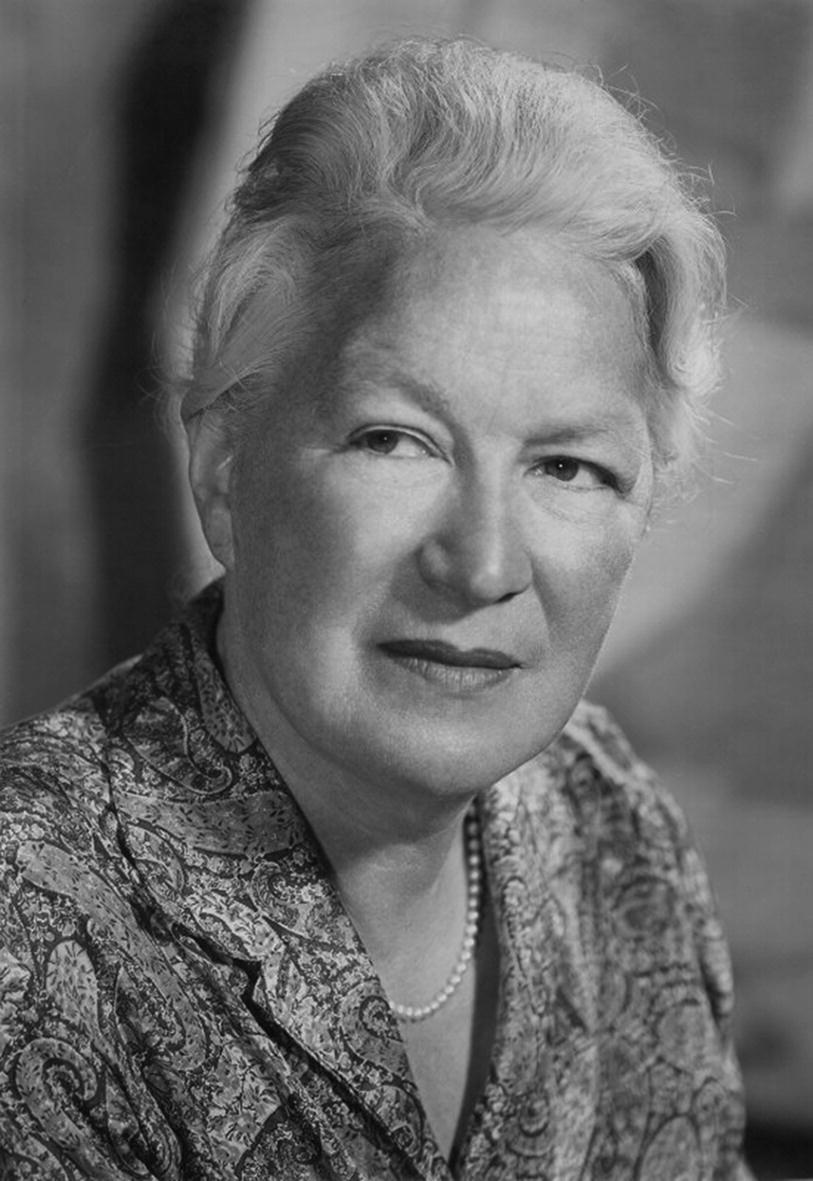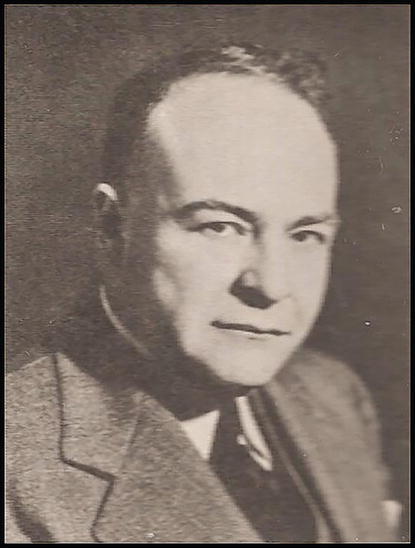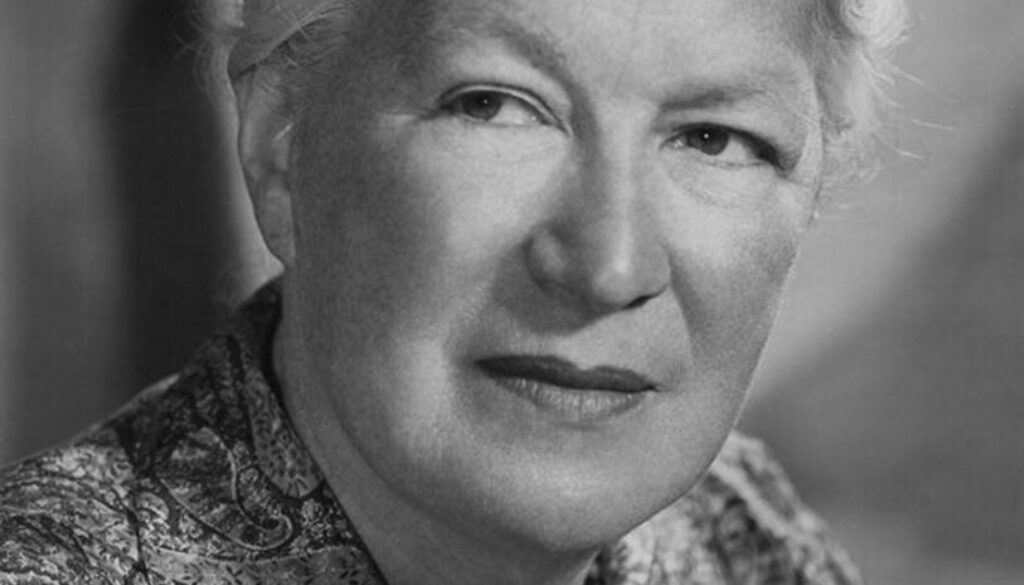The Dutch Revolt

I’ve just reread The Armada by Garrett Mattingly, and would like to say again that this is one of those books that makes you reassess everything you thought you knew, in this case about European history.
I used to think that the Thirty Years War in Germany was between Protestants and Catholics, but then I read ‘The Thirty Years War’ by C.V. Wedgewood, and I found out that this characterization is so simplistic as to be laughable; there were so many forces in play.
Protestants? Do you mean Lutherans or Calvinists? Catholics? Do you mean Jesuits or Capuchins? And France, nominally a Catholic country, is the ancestral enemy of the Hapsburgs then in power in Austria and Spain. And there’s Ghelphs and Ghibellines, and the king of protestant Saxony doesn’t want to get involved – you get the idea.
C.V. Wedgewood, a brilliant scholar, totally rearranged everything I thought I knew.
And a recurring theme in her account of the war is the need for the Spanish Habsburgs to get gold from their possessions in Italy over the Alps and down the Rhine River to their army in Belgium battling the Dutch Revolt, which lasted a hundred years, a primal struggle between capitalism and feudalism between a tiny country and a very big one.
It started out as a difference of opinion between those who like to burn people alive for their own good and those who don’t.
During this time the largest intercontinental exchange of wealth in human history occurs between Spain and her possessions in the Americas. And during that time, Spain defaulted on its debts four times. Why? The Dutch Revolt.
Mattingly writes about the Armada, the attempted invasion of England by the Spanish, fifty years before the Thirty Years War, and his diligent scholarship rearranged my thinking about European history just as much as C.V. Wedgewood.There’s a ton of interesting, informative scholarship, what the Spanish king was thinking, what the pope was thinking, what English Catholics were thinking, but mainly we find out what Bernardino de Mendoza is thinking. He’s the Spanish ambassador to the French king. Why is he so important? Mattingly explains.

The Armada, large as it was, did not carry an invasion force. Their job was to esort the Spanish army, already in Belgium, to England, where they would have made mincemeat out of any English opposition. This was an era where professional armies crushed citizen levies.
The invasion was never possible because the Dutch, with their fleet of shallow-draft vessels, could destroy the army before it could embark on the deep-draft vessels of the Armada or go across the channel on barges with the Armada for an escort.
At one point the Dutch admirals were hoping the English ships would go away so the Spanish commander would try it and they could blow to bits the army that had been attacking them for fifty years.
So the Spanish fought the English in the largest naval battle in European history and who won? The Dutch!
In my next blog, I’ll explain why Bernardino de Mendoza and the three Henrys are so important to the story.
